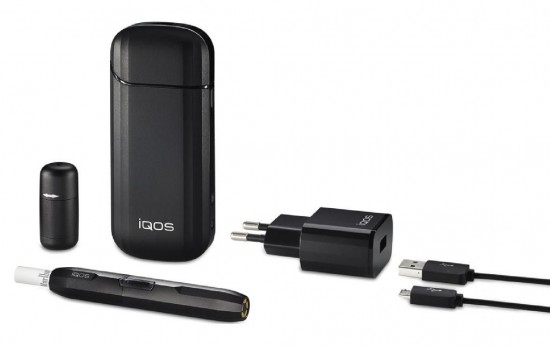 While specialist vaping shops are now popping up everywhere and the internet is flooded with vaping sites, Australian Health Authorities are continuing to ignore mounting consumer demand for safer alternatives to conventional cigarettes.
While specialist vaping shops are now popping up everywhere and the internet is flooded with vaping sites, Australian Health Authorities are continuing to ignore mounting consumer demand for safer alternatives to conventional cigarettes. Several weeks ago the Australian Therapeutic Good Administration knocked back a submission by the New Nicotine Alliance to allow nicotine to be controlled for human therapeutic use in safer alternative smoking devices.
The New Nicotine Alliance is an independent group, drawn mostly from the scientific community, which is funded by donations from private individuals and organisations. It does not accept donations from the tobacco industry, the electronic cigarette industry nor manufacturers or distributors of other nicotine products. It says its independence from commercial conflicts of interest is of paramount importance. C&I WEEK understands that a fresh submission to the TGA is in the works.
While authorities here dither, safer smoking options are going gangbusters overseas and developments by Philip Morris is a case in point.
According to the European Patents Office Philip Morris International (PMI) is ranked 63rd on the list top 100 patent applicants for 2016 and is the only tobacco company to appear on the Top 100 list. The patents all revolve around the development of smokeless cigarettes and the company has already been grated 1,800 patents in this area, with another 4,000 in the pipeline.
Michele Cattoni, PMI’s VP Technology and Operations for smoke-free products said: “Developments in technology and science are key to our commitment to provide all adult smokers a range of better alternatives to cigarettes. Our scientists are inventing new ways to deliver a satisfying experience to smokers without burning tobacco. Our patents are tangible evidence of our progress towards a smoke-free future, where cigarettes will be replaced by non-combustible products.”
PMI’s published research direction has been along two lines. The first is e-vapour platforms which are somewhat along the lines of traditional vaping products. One platform heats an e-liquid containing nicotine and flavors with an electric heater to generate an e-vapour. Another produces a vapour from a chemical reaction between nicotine and a weak organic acid.
The second development, called IQOS, is more radical. It’s a device that, rather than burning tobacco at over 600oC like a cigarette, heats it to 350oC via an electronically controlled heating blade without actually setting the tobacco on fire. This releases the nicotine and aromatic flavours from a special tobacco stick and is claimed to be vastly safer than a conventional cigarette.
Launched in Japan at the end of 2014, IQOS is currently available in Canada, Denmark, Germany, Greece, Italy, Israel, Japan, Kazakhstan, Monaco, the Netherlands, New Zealand, Portugal, Romania, Russia, South Africa, Spain, Switzerland, the United Kingdom, Ukraine, and in some Duty Free shops. PMI plans to make IQOS available in key cities in over 30 countries by the end of 2017 and will be producing the tobacco sticks in mass volume.
A variation on IQOS is TEEPS, which has a look and feel similar to a cigarette, but it is not a cigarette. The carbon heat source at the end of TEEPS is ignited. This lights the carbon heat source, which supplies the energy used to heat, not burn, the tobacco. Once the carbon heat source is lit, heat is transferred to a uniquely processed tobacco plug, designed for heating and not for smoking. PMI says it will conduct a city test of TEEPS platform this year.

